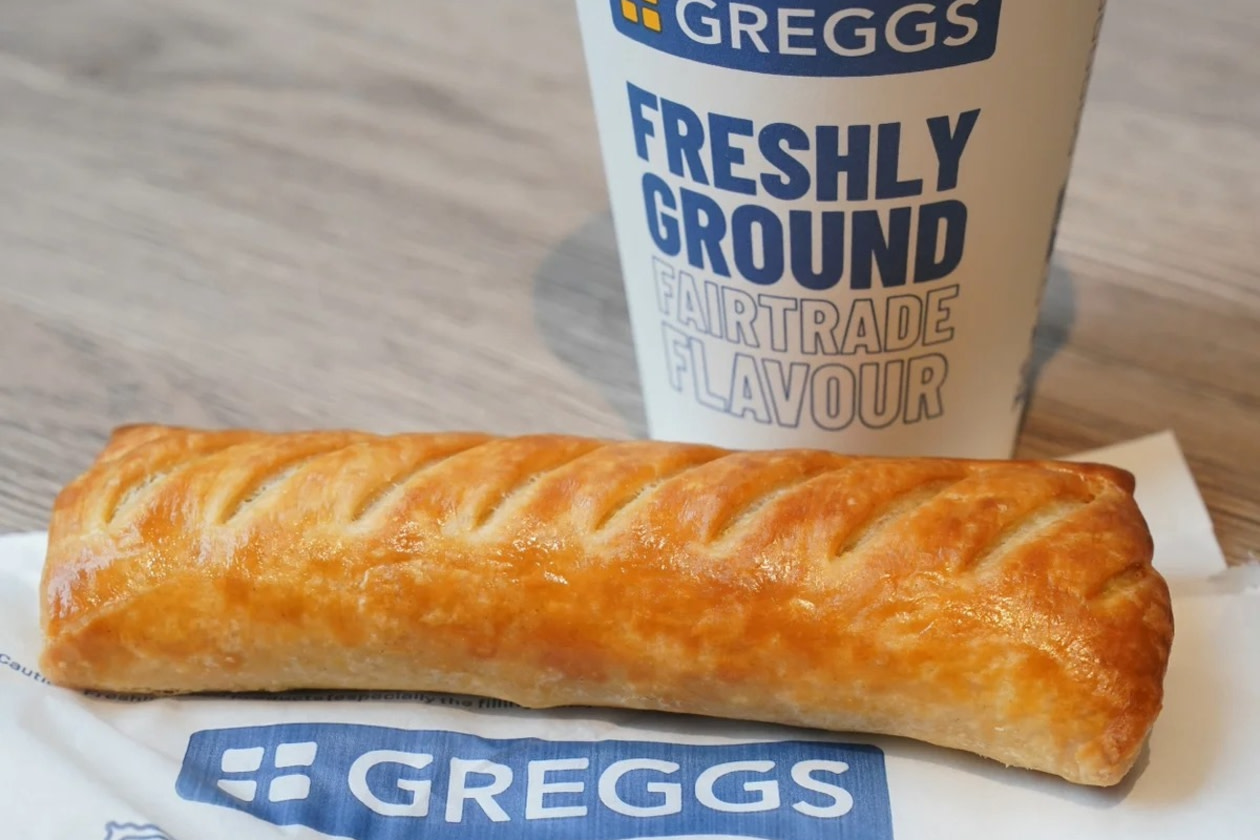Greggs reported a 6.1% rise in total sales over the third quarter, with like-for-like sales up 1.5%. Management called out weaker trading in July due to warmer weather, with trends improving in August and September.
57 net new shops have been opened so far this year, with the group now expecting to open 120 by year's end (previously 140-150).
Full-year guidance is unchanged, which suggests operating profits will be “modestly below” 2024’s level of £195mn.
The shares rose 6.1% in early trading.
Our view
Greggs had been under pressure heading into its third-quarter update, so it’s not too surprising that markets looked past the slowing sales growth and instead took comfort in profit guidance being left intact.
There’s no escaping the fact that the wider environment is a challenge. UK economic growth is slowing, consumers are more conscious on their spending, and costs have been drawn an unhelpful hand from changes to tax rules and minimum wages.
The cost picture is likely to remain a key challenge this year, though there is now expected to be a slight easing of inflation into 2026 – the first positive development on costs for a while.
Price hikes are being leaned on to help provide an offset and have been the main driver of like-for-like sales growth. But Greggs needs to ensure price increases don’t exceed customer appetite.
Despite the challenges, Greggs is working hard to build the foundations for future growth. The number of shops is set to rise to 3,000 over the next few years. Net openings for 2025 are expected to come in a little lower than planned, but that should be more down to timing than an indication that the expansion strategy is slowing.
Menus are being adapted to changing customer preferences, and Greggs is opening later to attract more evening customers – the group’s fastest-growing daypart. Greggs has also worked hard over the last few years to increase the number of franchised shops to around 20%. We support this model. These locations avoid day-to-day costs and continue to outperform company-managed sites.
But the store expansion programme and setting up two new distribution centres have been costly. 2025 looks set to be the peak year for these types of investment, but it’s likely to be 2027 before they start driving major benefits. In the meantime, cash flows are likely to remain under a bit of pressure, increasing the risk if sales dry up.
Having a healthy balance helps, even if it has slipped to a small net debt position. There’s plenty of liquidity on hand, so we’re not concerned about the group’s financial position.
We still like the underlying business, including its list of growth drivers, and soft performance this year means an attractive entry point is on offer. But the near-term outlook for consumer spending has started to raise some questions, especially since cash flows are likely to remain under pressure over the next couple of years – patience is needed.
Environmental, social and governance (ESG) risk
Consumer services companies are medium-risk in terms of ESG, and very few companies are excelling at managing them. That leaves plenty of opportunity for forward-thinking firms. The primary risk-driver is product governance. The impact of their products on society, labour relations and environmental concerns are also key risks to monitor.
According to Sustainalytics, Greggs’ management of material ESG issues is strong.
Greggs’ overall ESG reporting is not up to par with leading reporting standards, though it has appointed a board-level responsibility for overseeing ESG issues. A very strong environmental policy and a decent whistleblower programme are in place. Executive-level compensation could benefit from some elements being explicitly linked to sustainability performance targets.
Greggs key facts
All ratios are sourced from LSEG Datastream, based on previous day’s closing values. Please remember yields are variable and not a reliable indicator of future income. Keep in mind key figures shouldn’t be looked at on their own – it’s important to understand the big picture.
This article is original Hargreaves Lansdown content, published by Hargreaves Lansdown. It was correct as at the date of publication, and our views may have changed since then. Unless otherwise stated estimates, including prospective yields, are a consensus of analyst forecasts provided by LSEG. These estimates are not a reliable indicator of future performance. Yields are variable and not guaranteed. Investments rise and fall in value so investors could make a loss.
This article is not advice or a recommendation to buy, sell or hold any investment. No view is given on the present or future value or price of any investment, and investors should form their own view on any proposed investment.


